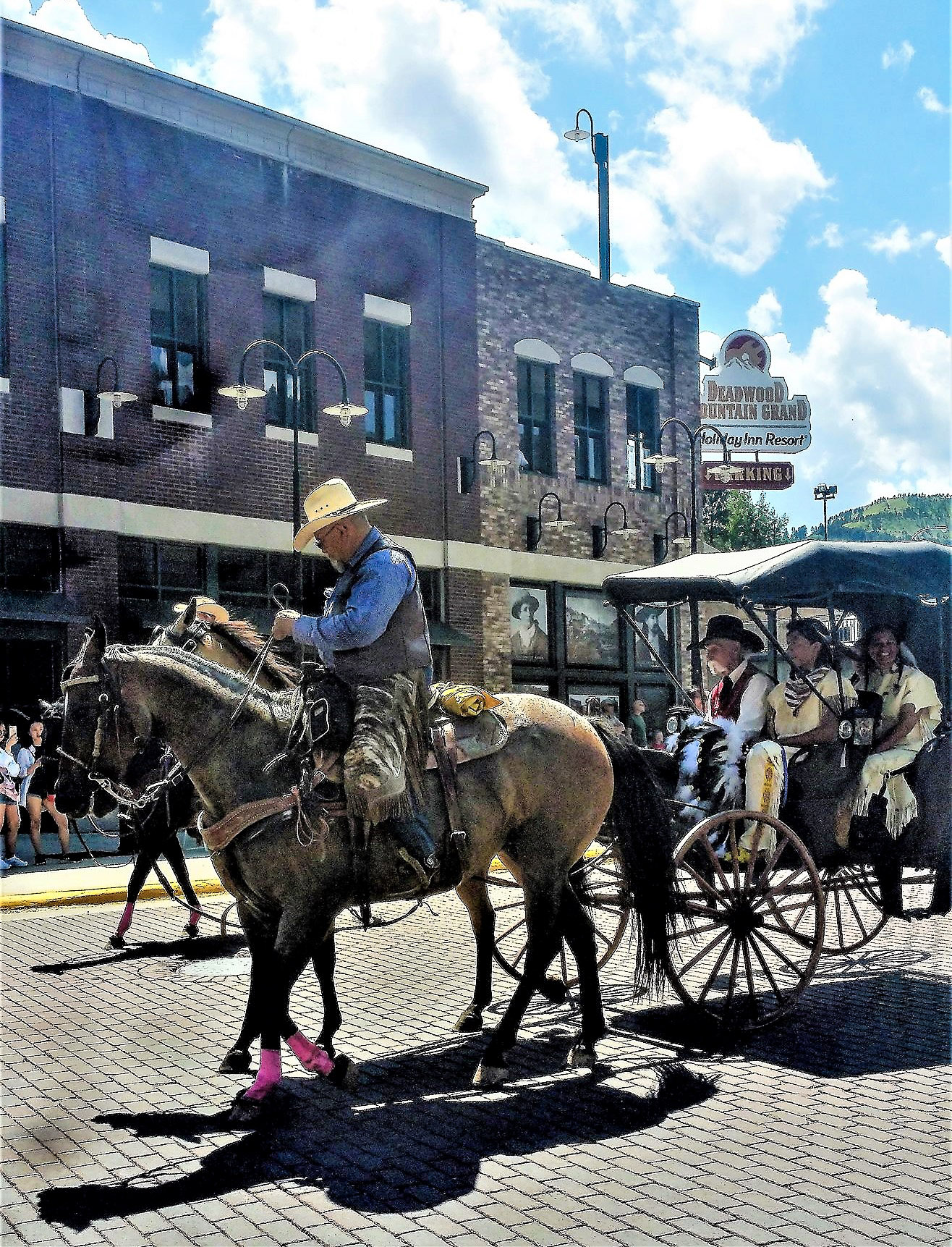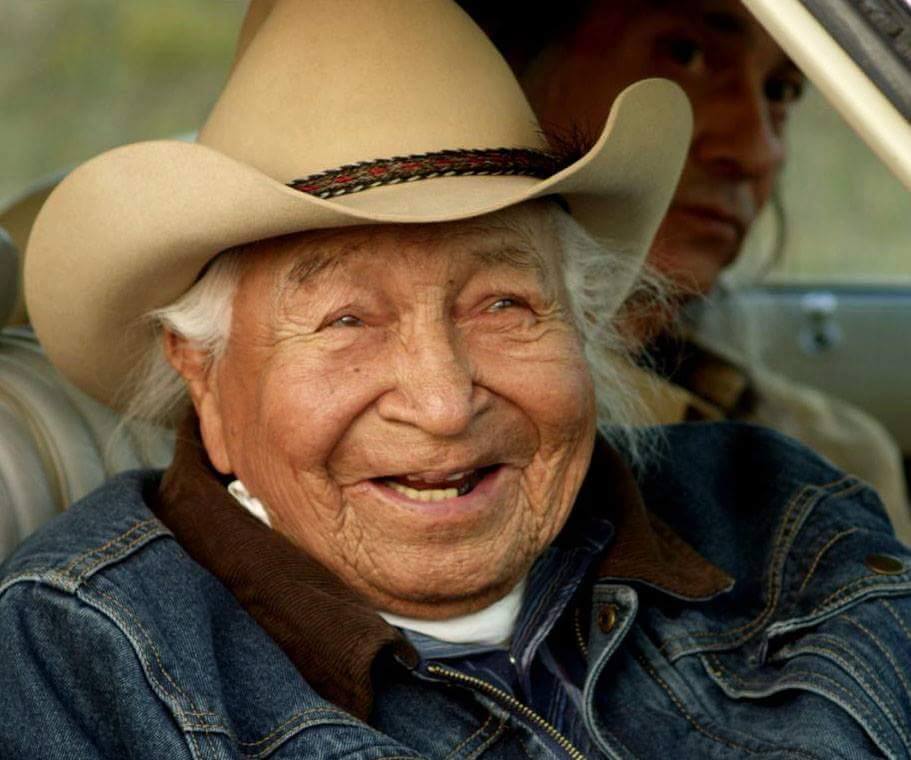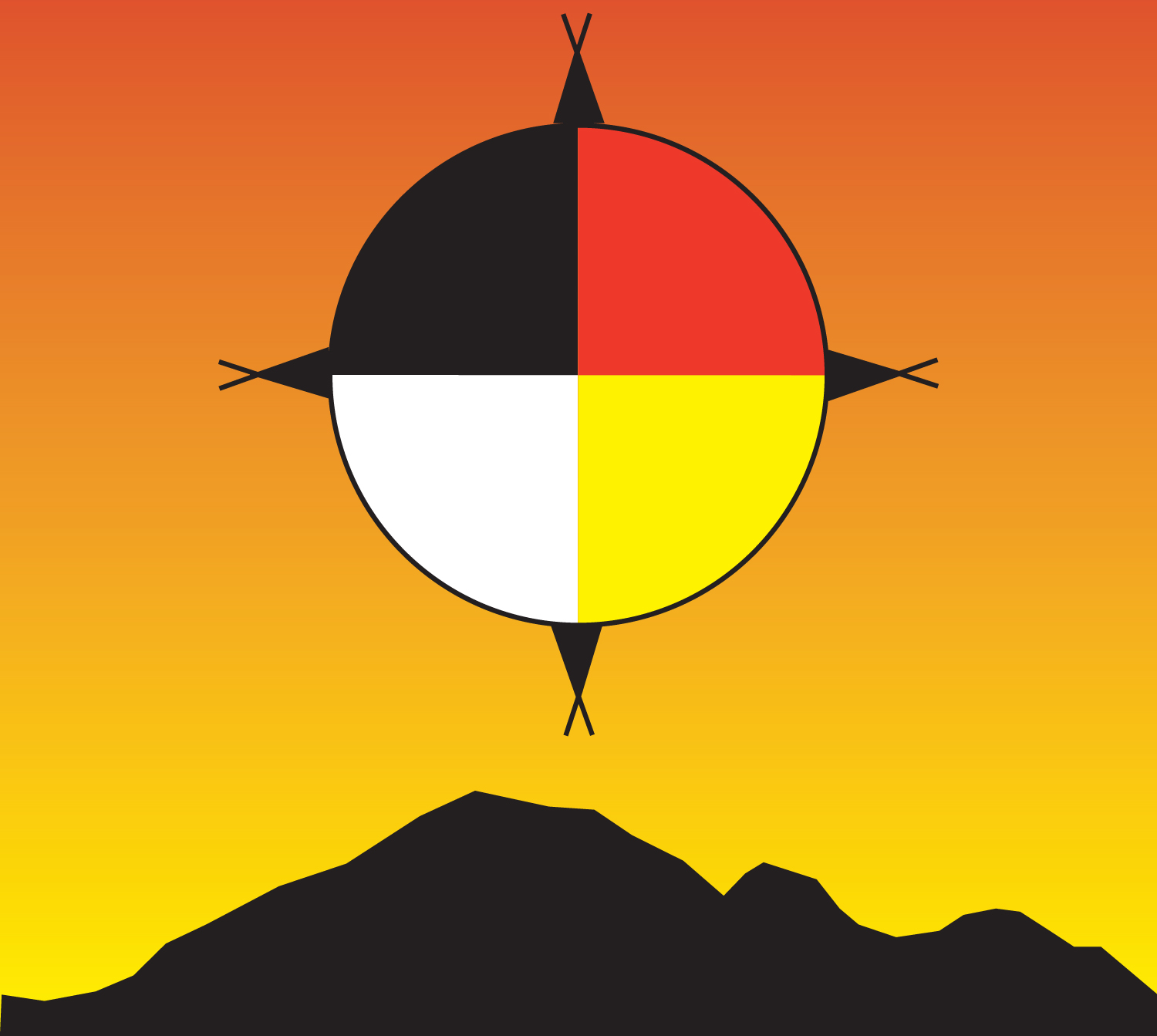Indianz.Com > News > Native Sun News Today: City welcomes Lakota people for Days of ’76 event

Days of ’76 includes Native focus
DEADWOOD, South Dakota — The Days of ’76 Parade and Rodeo here has been growing over the years, and now its sponsors’ interest in the inclusion of Native American culture is, too.
The annual event began in 1924 to feature Deadwood’s history. It tells how gold seekers and their followers founded the northern Black Hills mining town in 1876. Thousands of people rushed in here during the 1875 Deadwood Gulch stampede when prospectors hit pay dirt. These settlers named their camp Deadwood after the dead trees in the gulch.
The storied past comes to life at the Days of ’76 through a week of events featuring parades, a nationally acclaimed rodeo, and recently, a stage venue focusing attention on the Native Lakota culture. For the July 26-31, 2021, celebration, the city has booked Native talent at centrally located Outlaw Square, a new public venue on the corner of Deadwood and Main streets.
In the future, Deadwood hopes to host a powwow during the week of Days of ’76, giving participants heightened opportunities for immersion in Black Hills history and culture, according to Mayor David R. Ruth Jr.
“It’s important to understand, especially for visitors, that Deadwood is very supportive of the Lakota people,” he told the Native Sun News Today.
Prior to the 2020 completion of Outlaw Square facilities on the former site of Deadwood’s City Hall and the Deadwood Theater, Lakota and other talent performed next to the rodeo grounds at Ferguson Field — the home the Lead-Deadwood Gold-diggers football team –, and a long walk from downtown.
“Having our Lakota talent featured at Outlaw Square gives visitors a chance to experience Lakota culture who might not make it to the rodeo,” said Deadwood Historic Preservation Officer Kevin Kuchenbecker. “It’s important to the city, our residents and visitors to experience Lakota culture during our biggest event of the year, and I think we will continue to see that grow.”
In recent years, the event committee has ramped up its planning with local talents such as Dallas Chief Eagle, Warren “Guss” Yellowhair, and the family of late David Bald Eagle.
“I like to participate in the Days of ’76 event to give visitors a glimpse into our past as Oceti Sakowin Oyate, better known as the Great Sioux Nation,” said Oglala Sioux tribal member Yellowhair. “We need to show them that we are still alive in the Black Hills area and it is important for people to know the descendants are still here representing” the People of the Seven Council Fires, also known as the Lakota, he said.
Yellowhair takes part in the Days of ’76 parades with his family, always singing the American Indian Movement song as the processions move along Main Street.

NATIVE SUN NEWS TODAY
Support Native media!
Read the rest of the story on Native Sun News Today: Days of ’76 includes Native focus
Contact Darren Thompson at darrenjthompson@hotmail.com
Note: Copyright permission Native Sun News Today
Search
Filed Under
Tags
More Headlines
Native America Calling: Arizona tribal citizens weigh abortion access options
Native America Calling: Native TikTok users prepare for U.S. ban
Native America Calling: Euchee food, whale hunting and young gardeners on The Menu
Cronkite News: Navajo psychiatrist addresses mental health needs
Chuck Hoskin: Tell the whole story about the theft of tribal lands
Native America Calling: A sample of Native Guitars Tour 2024
Cronkite News: Native organization carries on horse traditions
Native America Calling: How Native literature is changing the mainstream narrative
Native America Calling: No ordinary animal
Native America Calling: Safeguards on Artificial Intelligence
NAFOA: 5 Things You Need to Know this Week
Chuck Hoskin: Cherokee Nation takes the lead for our environment
Native America Calling: Earth Day assessment for Native peoples
Cronkite News: Gathering addresses ‘epidemic’ among Native people
VIDEO: Cody Desautel on tribes and federal forest management
More Headlines
Native America Calling: Native TikTok users prepare for U.S. ban
Native America Calling: Euchee food, whale hunting and young gardeners on The Menu
Cronkite News: Navajo psychiatrist addresses mental health needs
Chuck Hoskin: Tell the whole story about the theft of tribal lands
Native America Calling: A sample of Native Guitars Tour 2024
Cronkite News: Native organization carries on horse traditions
Native America Calling: How Native literature is changing the mainstream narrative
Native America Calling: No ordinary animal
Native America Calling: Safeguards on Artificial Intelligence
NAFOA: 5 Things You Need to Know this Week
Chuck Hoskin: Cherokee Nation takes the lead for our environment
Native America Calling: Earth Day assessment for Native peoples
Cronkite News: Gathering addresses ‘epidemic’ among Native people
VIDEO: Cody Desautel on tribes and federal forest management
More Headlines
